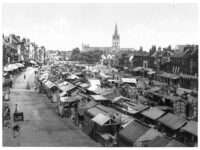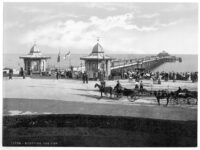During the Victorian era, Clacton-on-Sea transformed into a popular seaside resort, attracting middle-class holidaymakers seeking fresh air and leisure. The cliffs provided breathtaking views of the North Sea, with promenades and benches allowing visitors to enjoy the coastal breeze. Entrepreneurs established guesthouses, tea rooms, and amusement facilities to cater to the influx of tourists.
Clevedon emerged as an elegant retreat for the Victorian gentry. The construction of Clevedon Pier in 1869 solidified its reputation as a fashionable seaside town. Visitors strolled along the esplanade, enjoying the therapeutic benefits of sea air. The town also became known for its literary connections, with poet Alfred Tennyson finding inspiration in its serene landscapes.
A small coastal village in North Devon, Combe Martin retained its traditional character during the Victorian period. Fishing and agriculture remained central to daily life, although tourism gradually became more prominent. Visitors admired the dramatic cliffs and rugged coastline, while local businesses capitalized on the demand for fresh seafood and rural accommodations.
Chester, with its medieval architecture and Roman heritage, remained a vibrant commercial hub in the Victorian age. The Rows, a distinctive series of covered walkways above street-level shops, housed bustling markets, where merchants sold textiles, jewelry, and fine goods. The Cross served as a focal point for public gatherings, while the railway connection boosted trade and tourism.
Chichester Cathedral stood as a symbol of spiritual and architectural grandeur. During the Victorian era, restoration efforts, led by Sir George Gilbert Scott, reinforced its Gothic Revival features. The surrounding streets thrived with bookshops, tailors, and coffeehouses, while the city’s cultural scene flourished with concerts and lectures.
Christchurch, with its historic Priory Church, remained a religious and cultural center. Victorian restoration efforts preserved the church’s medieval beauty, attracting historians and artists. The town’s proximity to the coast made it a charming getaway for those seeking a blend of history and seaside relaxation.
Opened in 1871, Clacton Pier became a focal point for entertainment. Steamboats arrived with eager holidaymakers, who enjoyed amusements, concerts, and fishing trips. The pier symbolized Victorian leisure culture, offering a delightful escape from the industrial bustle of city life.
Chatham Dockyard played a crucial role in Britain’s naval supremacy during the Victorian era. Shipbuilding and repairs provided employment for thousands of workers, and the area buzzed with industrial activity. Nearby, workers’ housing and bustling markets reflected the daily lives of dockyard families, while naval officers frequented refined clubs and establishments.
The River Medway was the lifeblood of Chatham, supporting commerce and transportation. Victorian-era paddle steamers and barges navigated its waters, carrying goods and passengers. The riverside saw both industry and leisure, with busy wharfs juxtaposed against scenic walking paths where locals enjoyed afternoon strolls.
Cheddar, famous for its dramatic gorge and caves, attracted Victorian adventurers and geologists. The village thrived on tourism, with visitors exploring the rocky landscapes and sampling the renowned Cheddar cheese. Local inns and tearooms flourished as travelers sought refreshment after their explorations.
Cheltenham, renowned for its spa waters, saw Pittville Gardens as a centerpiece of leisure and refinement. The gardens, designed by Joseph Pitt, offered ornamental lakes, grand pavilions, and serene landscapes where the Victorian elite gathered for relaxation and socialization. Concerts and public events added to the town’s cultural vibrancy.
The Victorian era left an indelible mark on these locations, shaping their architectural heritage, social life, and cultural significance. Today, these sites remain a testament to a time when industry, leisure, and tradition intertwined, creating a rich urban tapestry that continues to captivate visitors and historians alike.

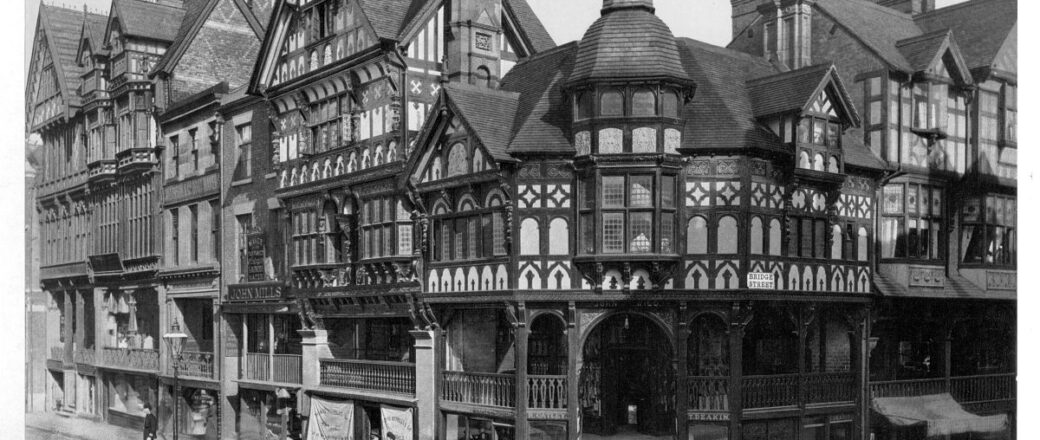

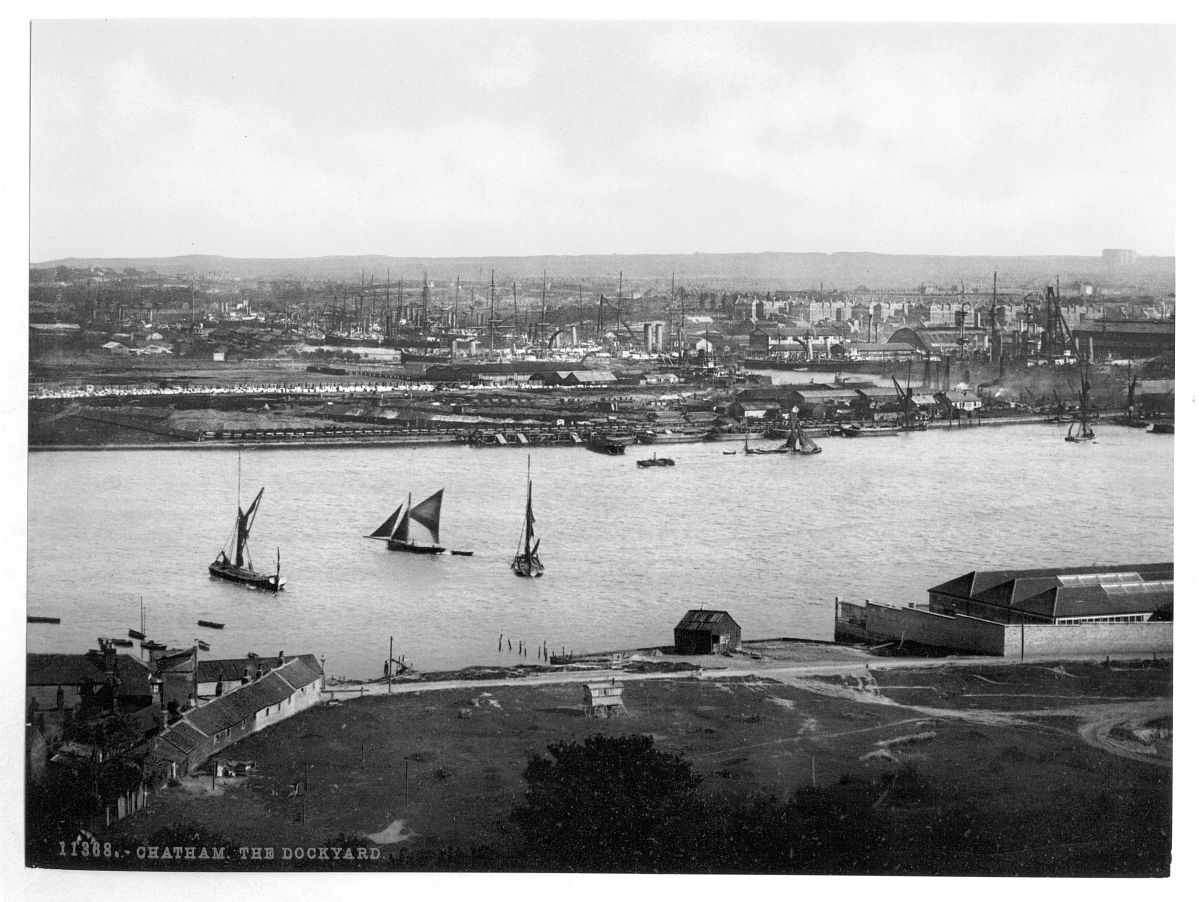
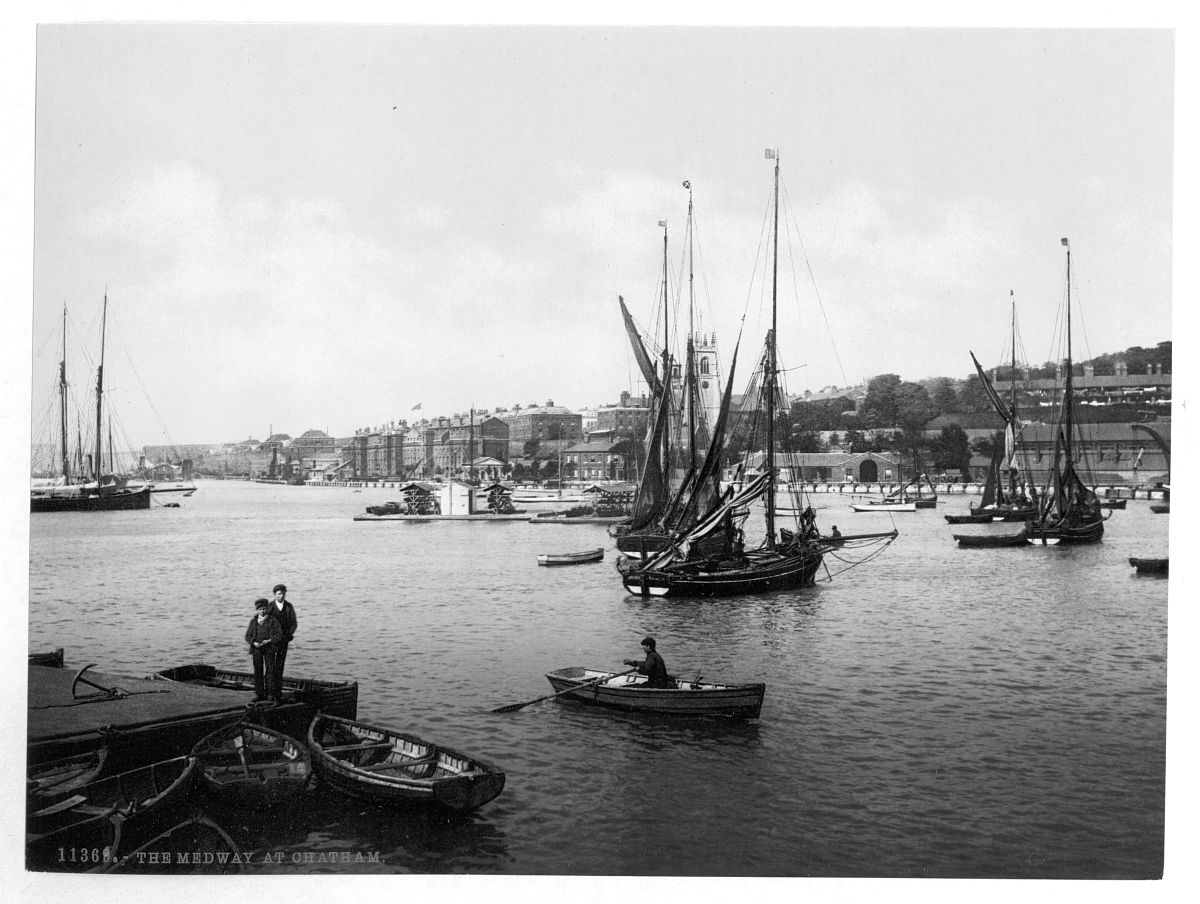
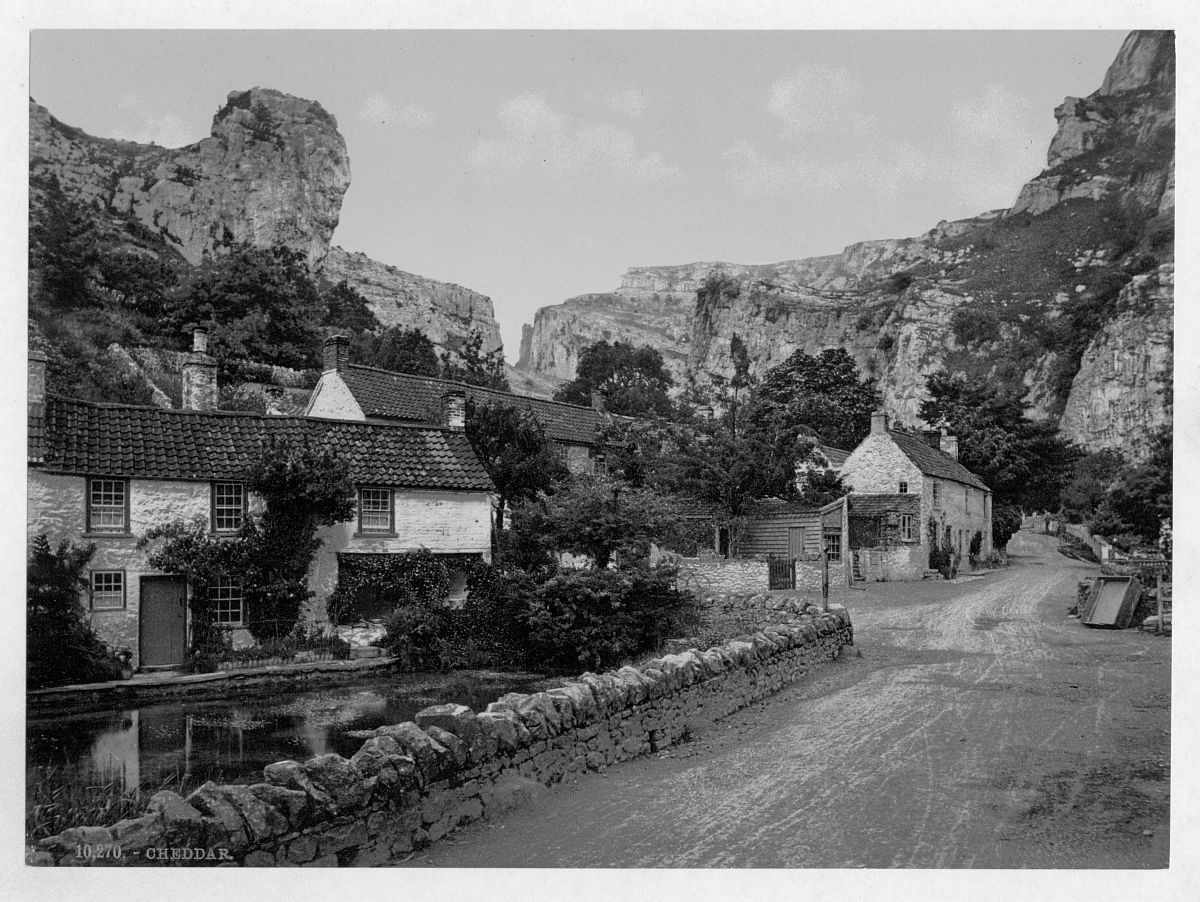
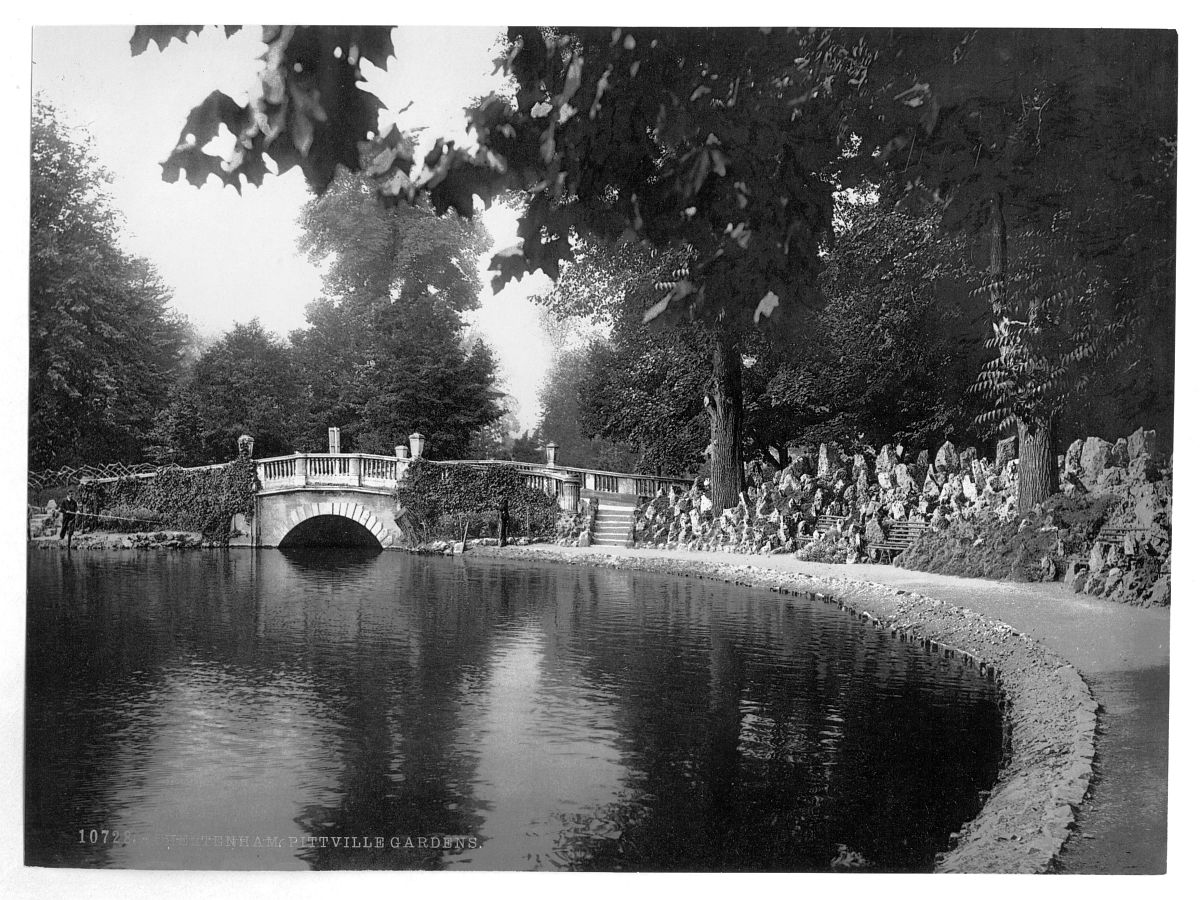
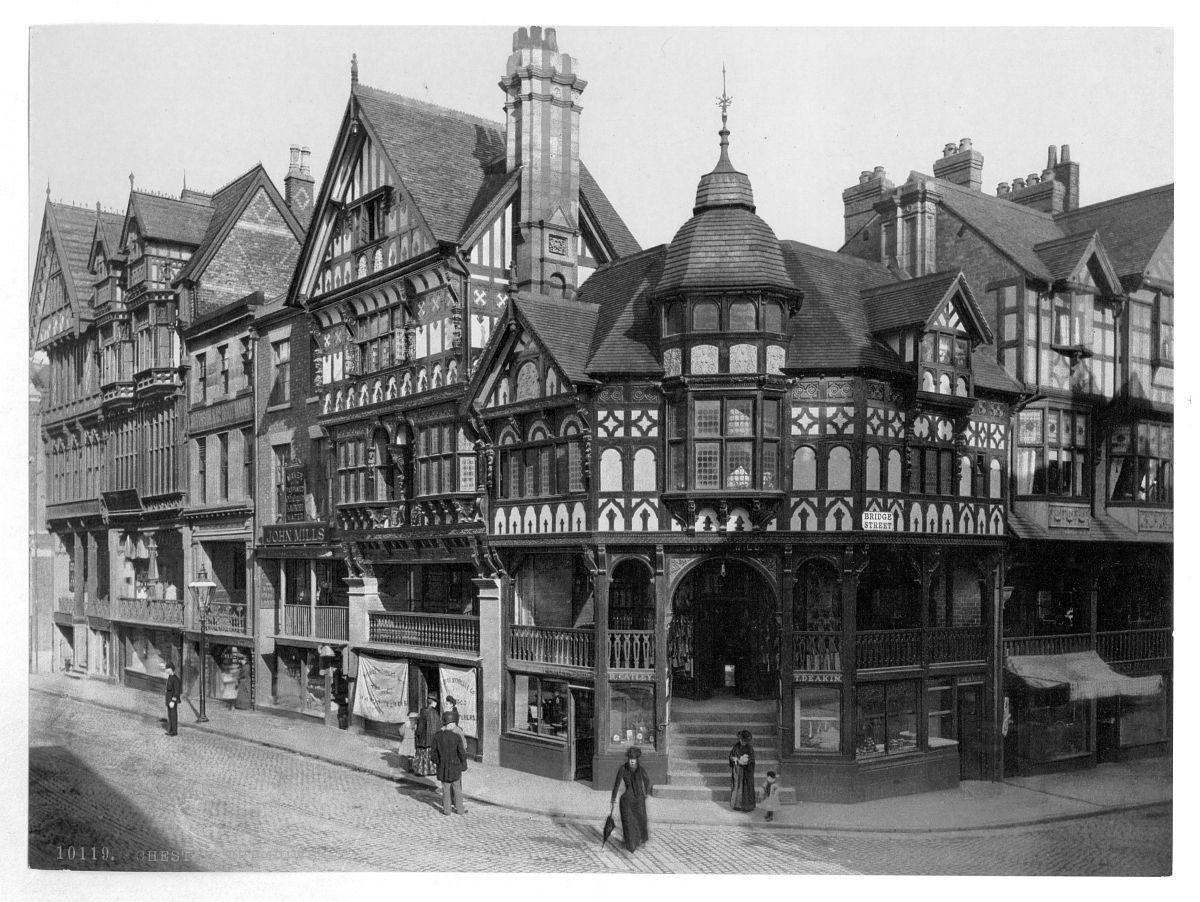
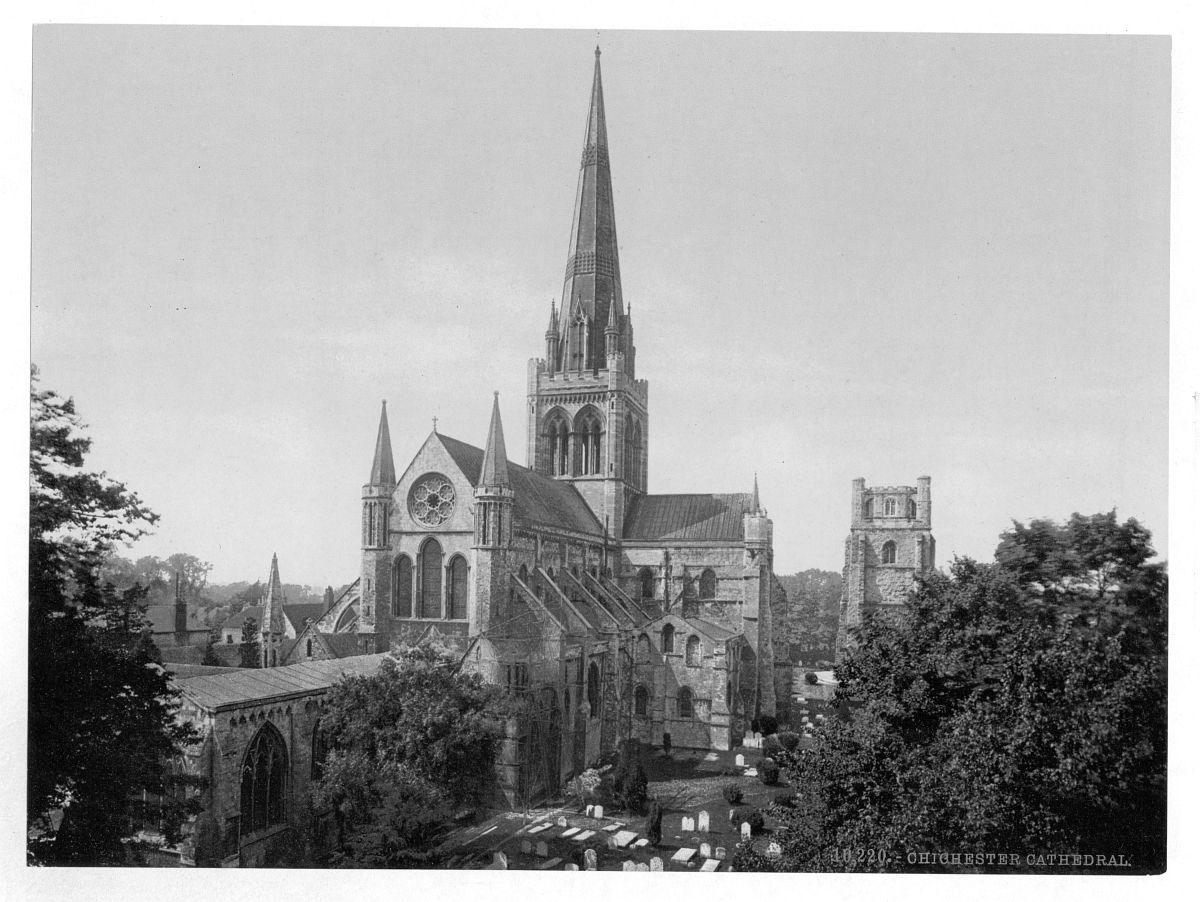
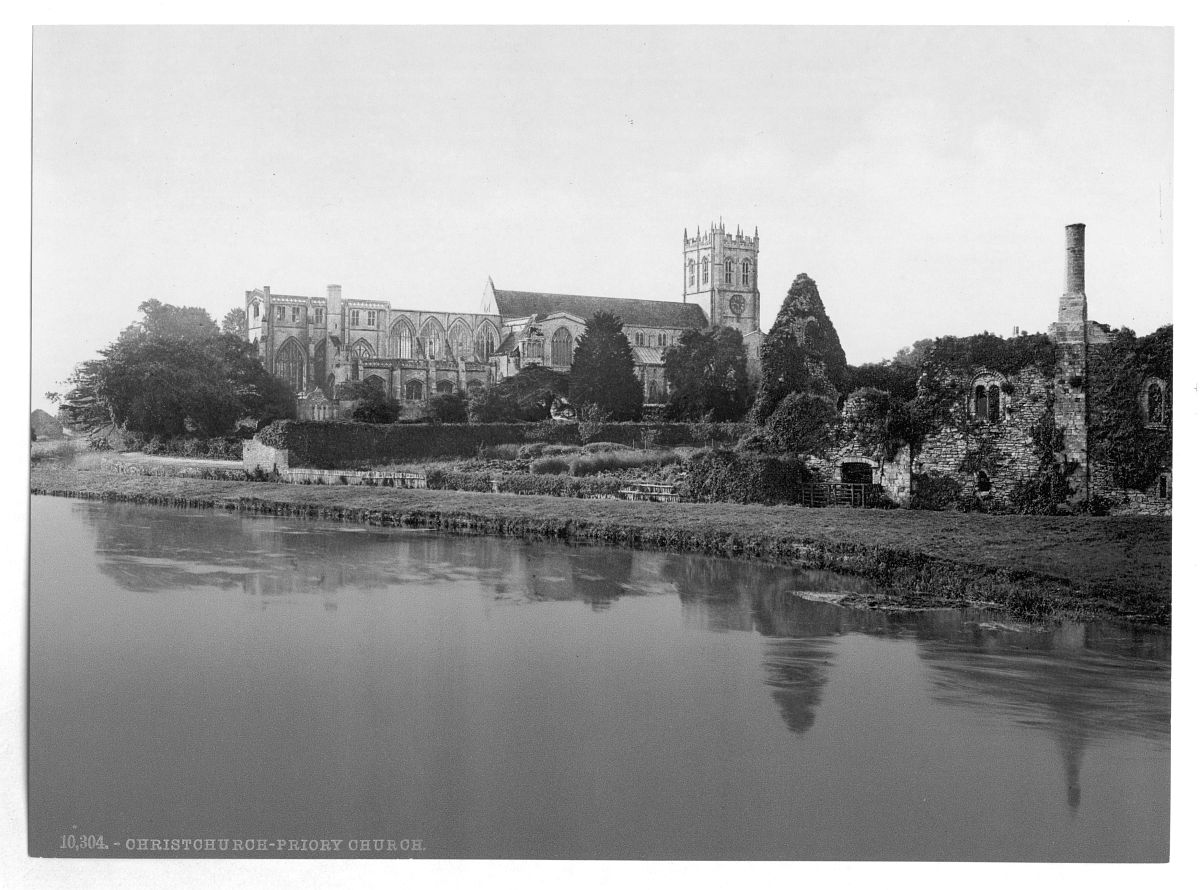
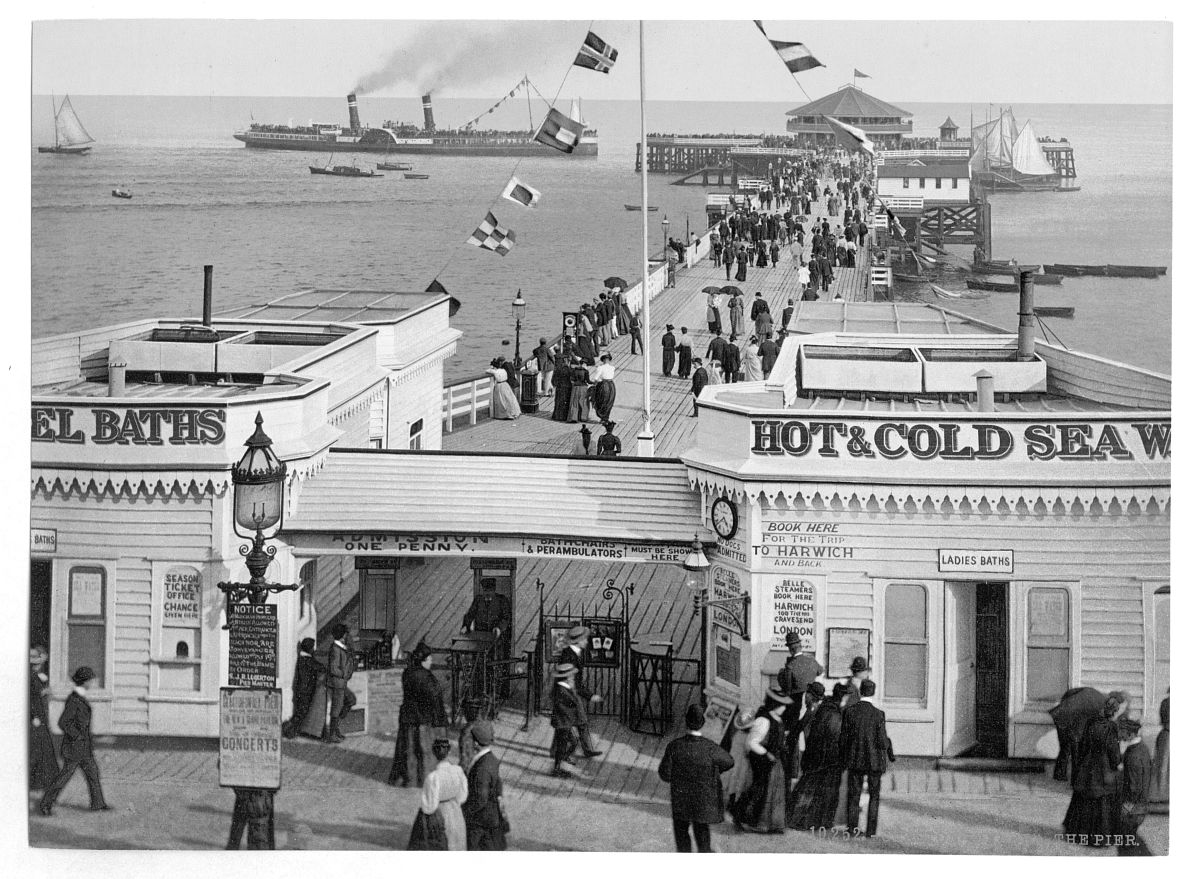
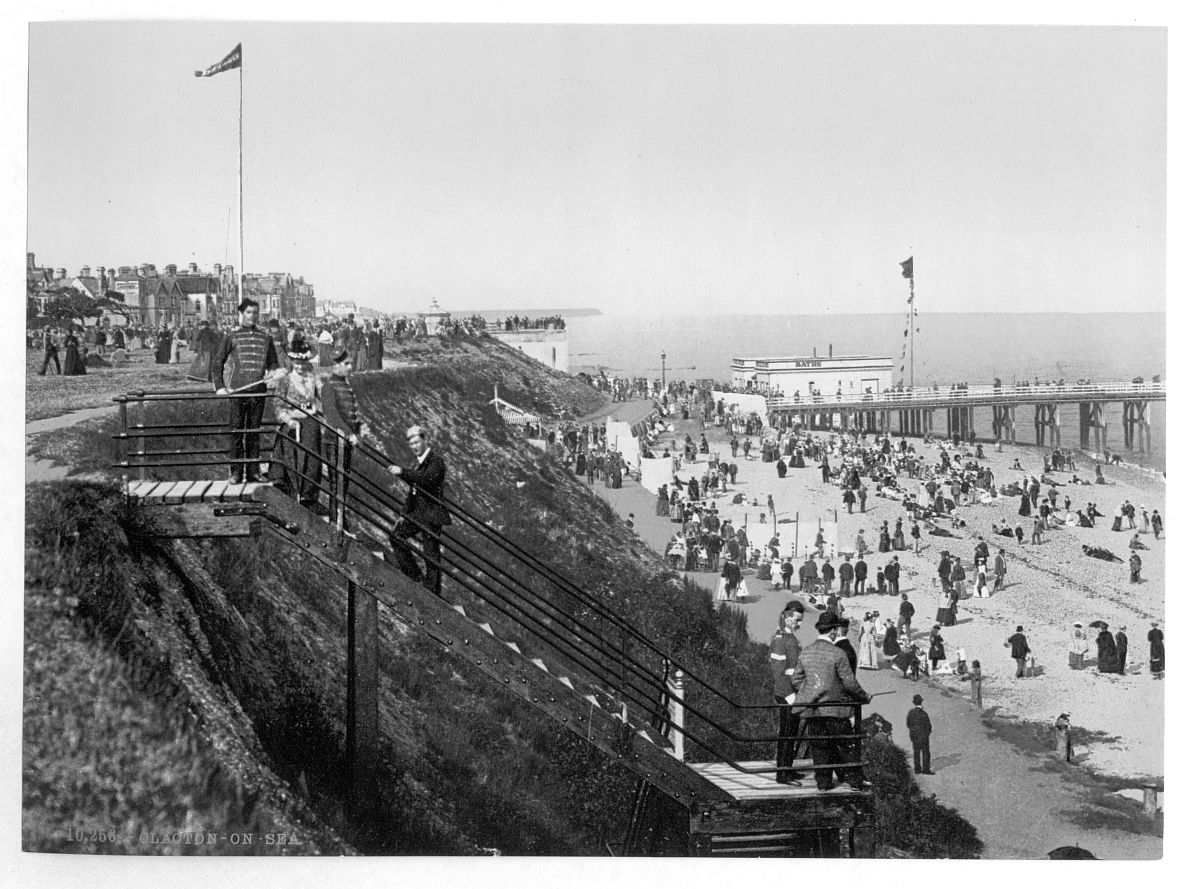
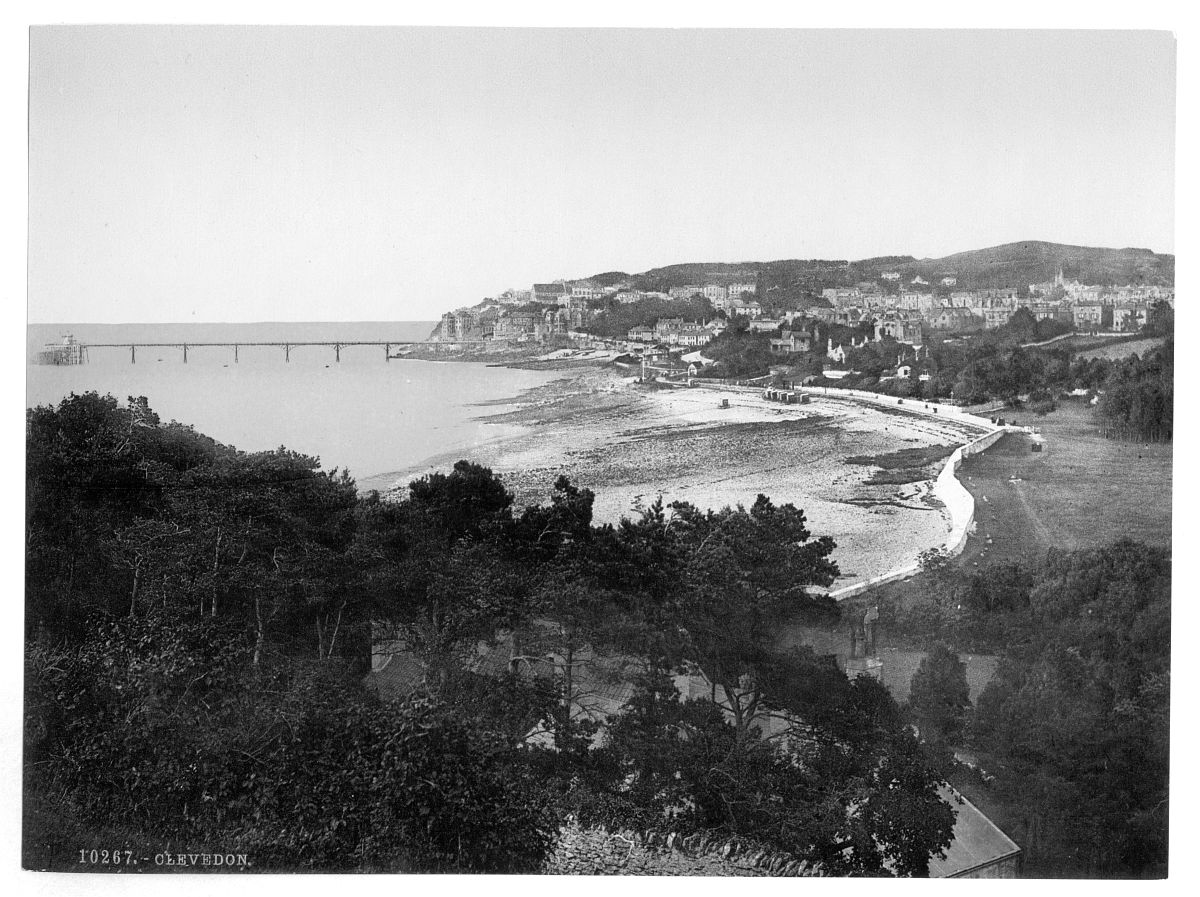
![General view, Combemartin [i.e., Combe Martin], England](https://monovisions.com/wp-content/uploads/2025/12/vintage-urban-life-in-victorian-england-011.jpg)
